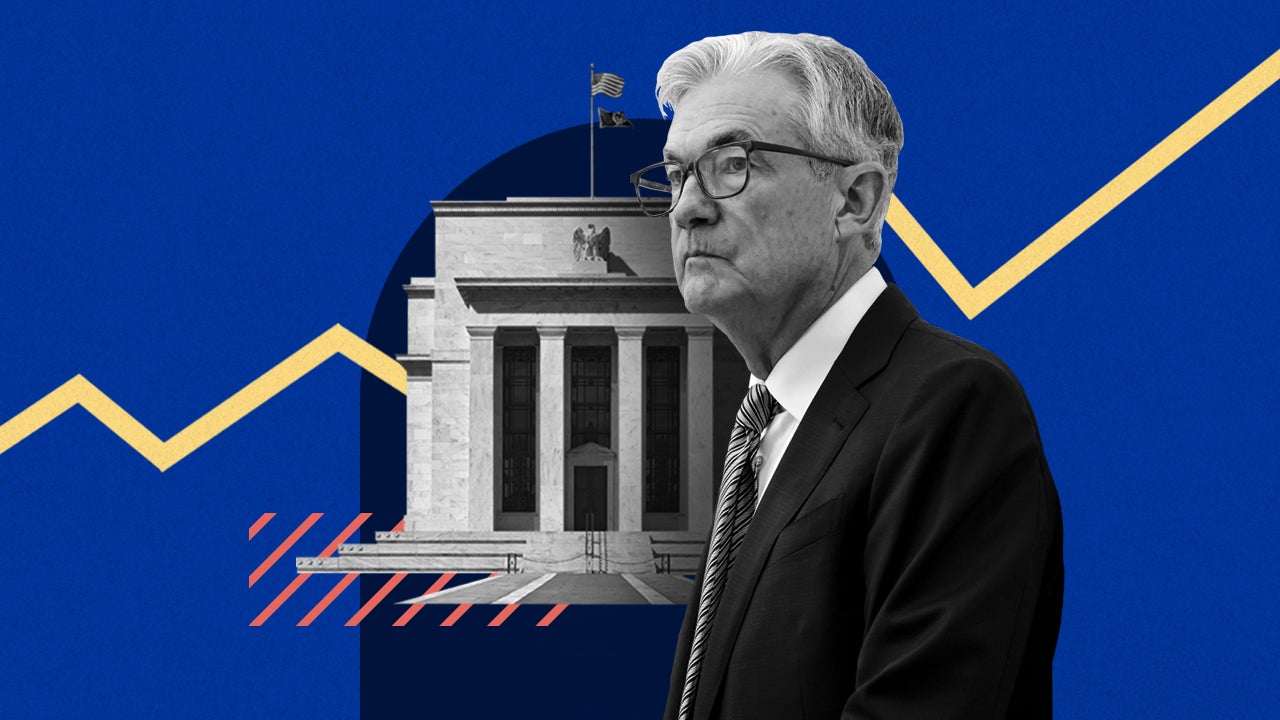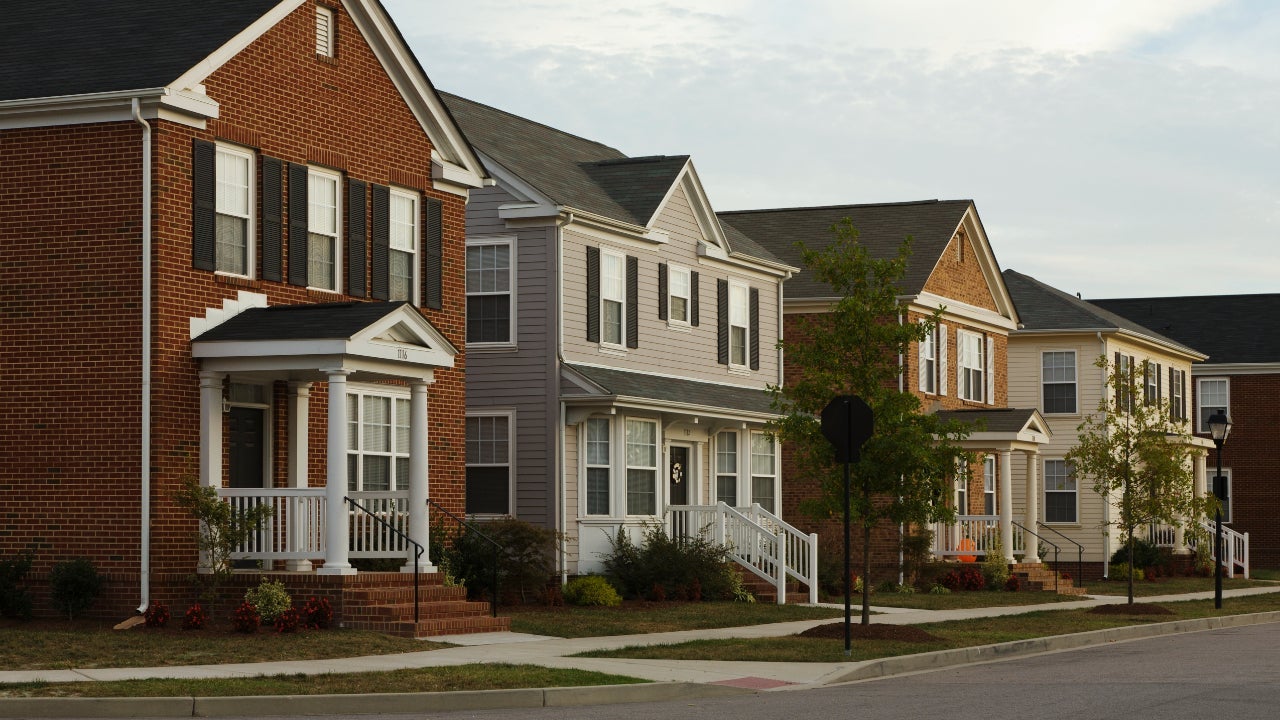
Home Equity
Find out what home equity is and how to use it, plus news, advice and tools on home equity loans and HELOCs.
Home equity basics

It’s the portion of your home you own outright. Its uses are almost endless.

How to estimate your ownership stake, and how much of it you can borrow.

Everything you need to know about HELOC and home equity loan requirements in 2024.
Editor's picks
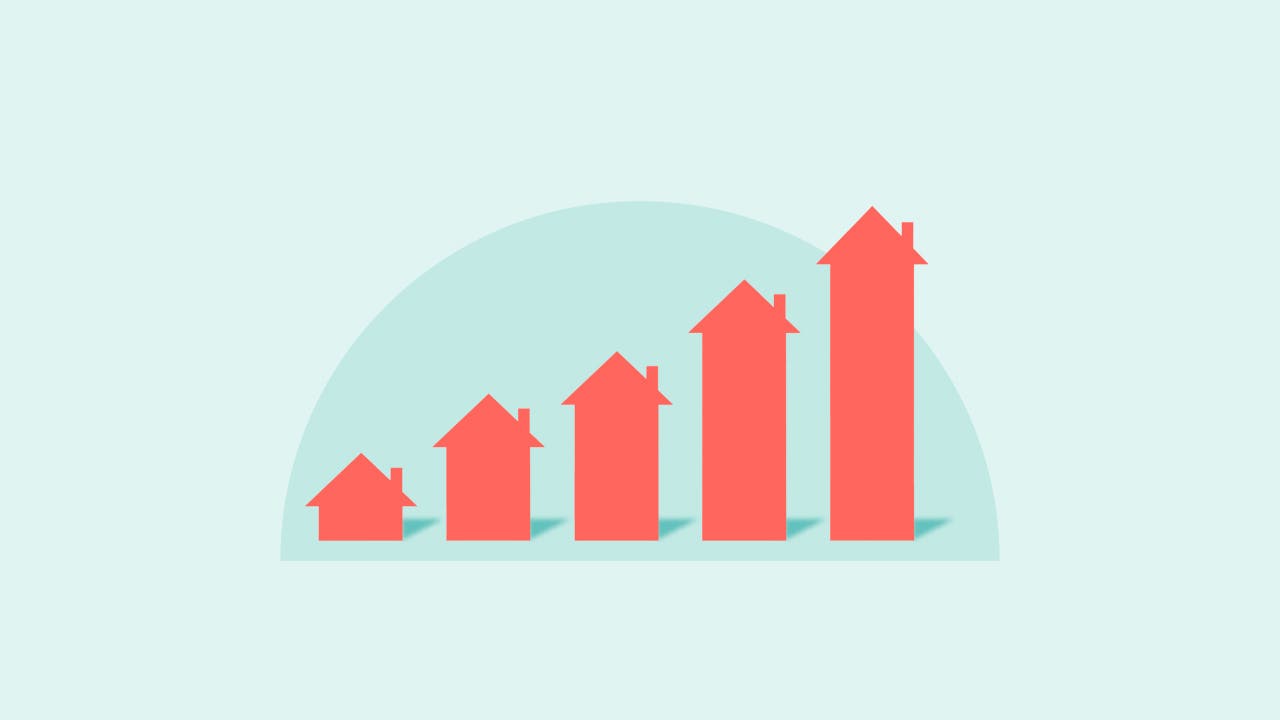
Related topics:
Home equity tools & resources
Bankrate's suite of tools and articles are designed to help you effortlessly learn about your home equity, connect with reputable lenders, compare offers for HELOCs and home equity loans, and more.
Finding a lender
Here’s where you can get a home equity loan today
HELOC vs. home equity loan
How does each work, and which would be best for you?
Mortgage rates
Compare current mortgage rates for today
News highlights
The latest

HELOC rates fell to new 52-week lows, while home equity loans were steady.

It’s tempting, but think carefully about hocking the house to cover these seasonal costs.

Knowing the differences among equity loans will help you make the right choice.

HELOC rates fell to new 52-week lows, while home equity loans were unchanged this week.
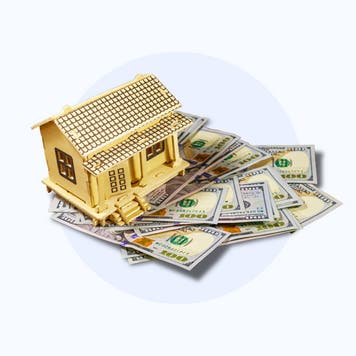
It boils down to whether investment returns outweigh the interest rates.
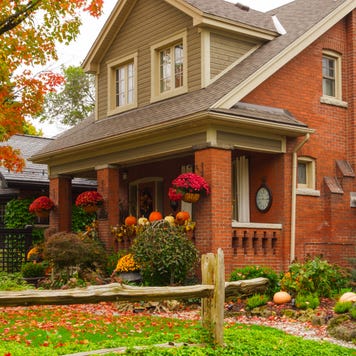
It just might be. But don’t forget the fundamentals of how home equity loans work.

If you’re looking at HE loans or have a variable-rate line of credit, pay attention to the Fed.

Insight into the week that was for HELOCS and HELoans.
The trusted provider of accurate rates and financial information

